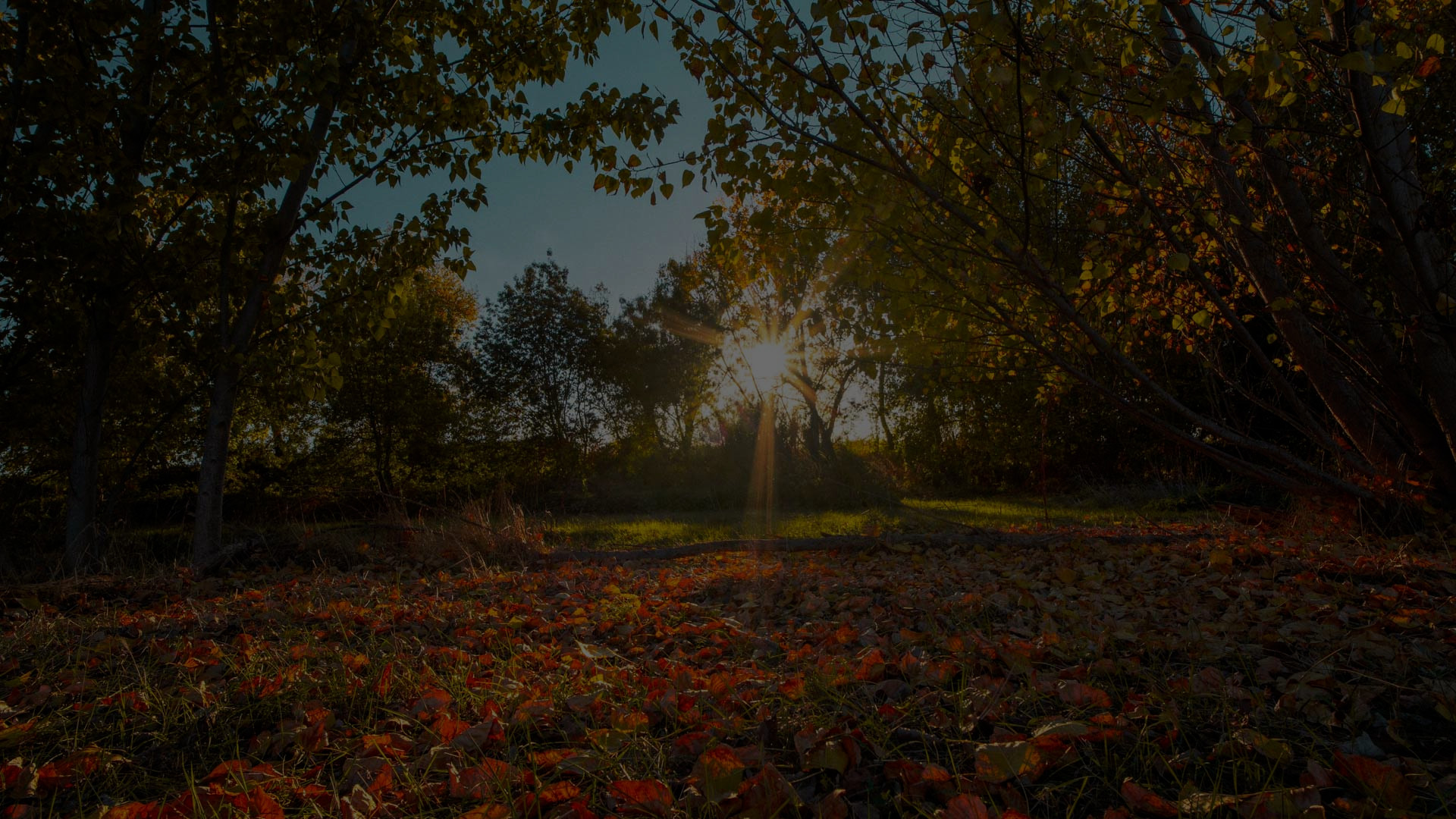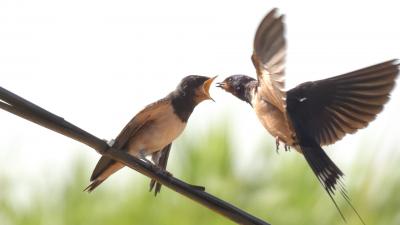A wide range of habitats create the heterogeneous landscape of Alfaro, come and discover them:
1. Riparian Forests
2. Reedbed
3. Steppes
4. Mediterranean forest

Birdwatching in Alfaro
ALFARO AND ITS SURROUNDINGS
The municipality of Alfaro, located in the east of the region of La Rioja, is the largest in the province with 194 km2. It extends from the middle section of the Ebro River up to Mount Yerga. Due to its wide extension, as well as its strategic location within the Ebro valley, Alfaro has a rich diversity of habitats, favouring the presence of multitude of fauna that makes use of these areas as a place to look for food or refuge. The groups of birds are the one with the greatest variety. Throughout the year, more than half of the species that live in Spain can be seen in this emplacement. And not only on the countryside, Alfaro also has the largest urban white storks colony of the world in the same building, with more than 100 nests that can be seen in the towers and roofs of the old collegiate church of San Miguel Archangel.
Information Brochure- Habitat diversity
- Protected spaces
In Alfaro we find various protected natural areas such as the Sotos de Alfaro Natural Reserve (the only Natural Reserve in La Rioja) and the Carrizal Singular Natural Area. This areas are protected by European directives, either because of their representativeness or because they have a reduced distribution area or because they are in danger of disappearing.
- Key point during migration
Alfaro is located in a strategic place within the migratory route of birds. Spoonbills, various waders, ospreys or the noisy cranes. These are some of the many species that use the different natural spaces of the municipality as a place to rest during their long trips.
Habitats
Routes
We propose a total of 8 itineraries that run through the different habitats that exist in Alfaro. We will enter the natural spaces of the town to discover its wide variety of bird species. In addition, we propose some places with special interest for bird watching.
Ethical Code
Bird welfare must come firstObtaining an observation appointment or a good photo cannot be an excuse to cause any inconvenience to the birds |
Habitat must be protectedBe respectful with the habitat and do not cause any damage. We must leave everything as we found it |
Do not alter the bird’s behaviour, even slightlyAvoid carrying out actions that could alter the behaviour of birds at any time, but especially during the breeding season and during migration |
When you find an endangered bird species, report it, but be carefulWe must be especially careful with the circles in which we disclose the exact location of certain species, especially if their populations are threatened |
You must not harass wandering species or odditiesThe first thing is to notify the competent organization of the discovery of said species so that they can evaluate it. Try not to advertise the observation; the massive influx of bird watchers to the place can cause inconvenience |
Respect the regulations at all timesBirds are protected by law. It is necessary to respect the current regulations, both regarding birds and the environment itself |
Respect the rights of property ownersDo not access places with restricted access. Do not enter land or private farms or leave the permitted paths |
Respect the rights of people in the observation areaAll visitors have the same rights as you to enjoy the birds and the environment, respect the people you meet in the observation places |
If you find a bird in danger, injured or dead, report it immediatelyCall 112 SOS Rioja as soon as possible to get in touch with the La Fombera Wildlife Recovery Center and follow their instructions |
Behave as you would like others to behave in your areaGood behaviour and following these simple rules makes bird watching a tool for the conservation of birds and their habitats |






































